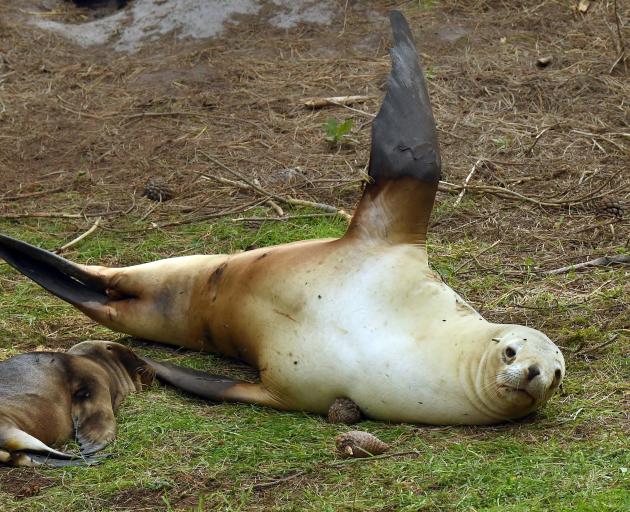
He was asked about a social media report that someone had been chased by an aggressive sea lion near Warrington Beach on Sunday.
Mr Fyfe said sea lions needed space and sometimes made "bluff charges" if people came too close.
Sea lions were not trying to attack humans, but wanted to protect their space.
People were advised to walk briskly away — but not run — if they found themselves too close to a sea lion, and to stay away for a while until it moved off.
"It’s important to stay calm and not actively run away — that starts to encourage them."
"Give them space, respect them," he said.
People, dogs and sea lions tended to interpret the behaviour of other species according to their own viewpoint, which could lead to cross-species misunderstandings.
There was a risk of "imposing our own biases and fears when they’re not actually justified".
"We’re not seeing a lot of people around that have ever been bitten by a sea lion."
A temporary wildlife warning sign had recently been put up near Warrington Beach.
Dog owners had to have their pets on a lead if they came within 20m of a sea lion or other protected wildlife.
He was expecting another busy breeding season, continuing until about January 20, after about 15 sea lion pups were born on the Otago coast last year.
About 50 sea lions had been at Sandfly Beach in October-November, but the larger males had since returned to Auckland Island, he said.
Females were seeking quiet spots to hide near the inland margins of beaches, where they could have their pups without being disturbed, even by male sea lions.
Some mature male sea lions were still searching beaches in hope of finding females and some younger males wanted to interact and play.
Sea lions were "pretty cool to watch, to take the time to observe", he said.












